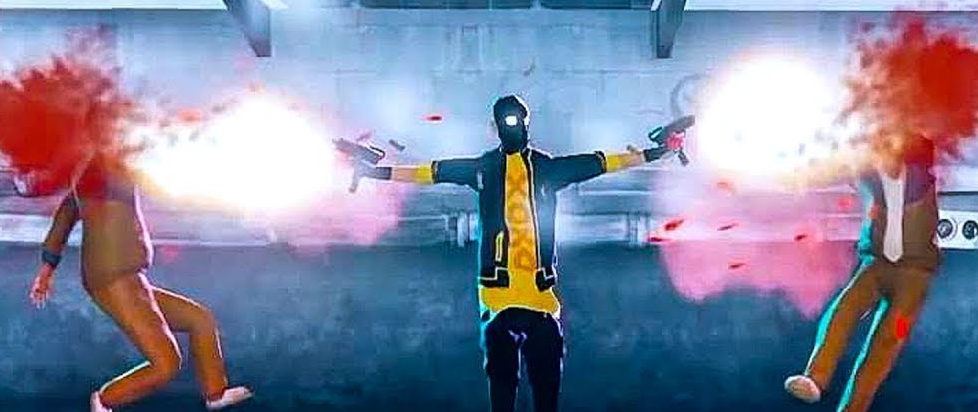
Good Grades
Games are about more than being good at them but learning mastery of a game’s systems is an important component to many titles. It’s why a broad swath of games, like Devil May Cry, My Friend Pedro, and even the Mega Man Zero series employ a grading system that shows how well you’ve wrapped your head around the mechanics of a game. But pushing you towards getting better isn’t the only function of grading in games. The best ones also push you towards getting the most out of your playthroughs, getting you to try things you maybe wouldn’t otherwise. They increase the possibility space of your time with the game, allowing you to explore the systems with more purpose and clarity. In this way, they act like a freeform tutorial that, when paired with more concrete tutorials, push you towards a more fun way of playing the game.
The thing with grading systems, though, is that the devil is in the details of how things are graded. It usually bases itself in a pretty simple system: The more you do something desirable without something undesirable happening, the better your grade at the end of a level. Devil May Cry is the classic example of a game grading you, and serves as the template of how action games incorporate grading elements into how you understand said action. The baseline is that, generally, the more you hit enemies without getting hit, the higher your style meter goes up, starting from D all the way to S or even SSS in later entries. If you do get hit, the meter goes down to a lower level. This is the backbone of how grading systems work, with modifiers thrown in for deaths or if you used any items. Generally, the worse you do, the lower your grade at the end of a level, and you’re rewarded for doing well with more of the currency of the game.
But more can be gained from grading player performance in a game. Devil May Cry’s system encouraged you to vary your attacks instead of merely button mashing with the same weapon over and over. The meter would go up based on how many different combinations of attacks you could string together. Adding to this is the fact that you can switch between weapons mid combo, opening up even more variations. My Friend Pedro does something similar by encouraging you to kill enemies creatively – while jumping, using the environment, etc. The more you can string together creative kills, the higher your score will be in the end. Being “good” at these games is kind of irrelevant to completion of them. You can absolutely get through them without bothering with getting good grades, sticking with one weapon and button mashing or killing in mundane, easy ways until the end. But by grading your performance, you plant a seed in the back of the player’s mind that there’s more to the game than a surface-level completion aspect. Even if you never truly become a wizard at the game, the grading encourages you to switch up your playstyle, to experiment and really give the mechanics their due.
Grading can go wrong, though. In the Mega Man Zero series, you’re graded based on your performance, like normal. But in a baffling move, the games penalize you for using Cyber-elves, sentient computer programs that alter your character in some way. But instead of embracing the variability that Cyber-elves offer, you’re punished for ever using them at all. To get the best results, you must use your character in their default state, which is a bad way to get people to explore your systems. Even if you aren’t in it to play optimally, there’s always going to be a bit of resistance at the back of your mind when deciding if to use these extra abilities, and that’s a shame, because it cuts down on player creativity and mastery of all the systems.
Because grades at their best are more than about challenging players to play optimally. They’re about encouraging the exploration of systems in all their forms. They’re about creatively stringing them all together until you’ve wielded them in a beautiful tapestry all your own. But most of all, they’re about expanding what’s possible of the player until the entire game blossoms. Because when you give the players the freedom to do anything, they may not know what to do with it and settle into a rote pattern that works for them. Showing them there’s more to the game is really what makes it shine.





